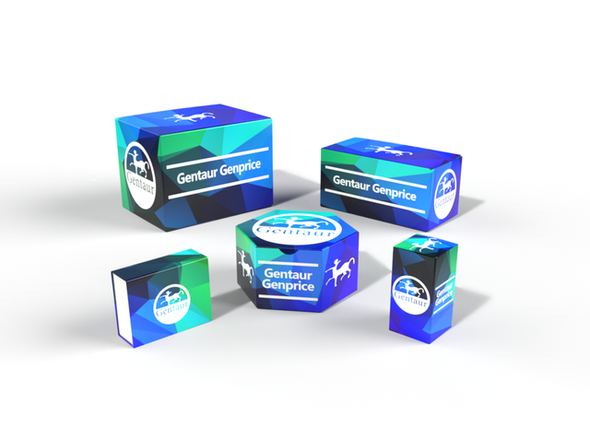Description
AVPR1B Antibody | 57-446 | Gentaur UK, US & Europe Distribution
Host: Rabbit
Reactivity: Human
Homology: N/A
Immunogen: This AVPR1B antibody is generated from rabbits immunized with a KLH conjugated synthetic peptide between 289-317 amino acids from the C-terminal region of human AVPR1B.
Research Area: Neuroscience, Signal Transduction, Growth Factors
Tested Application: WB
Application: For WB starting dilution is: 1:1000
Specificiy: N/A
Positive Control 1: N/A
Positive Control 2: N/A
Positive Control 3: N/A
Positive Control 4: N/A
Positive Control 5: N/A
Positive Control 6: N/A
Molecular Weight: 47 kDa
Validation: N/A
Isoform: N/A
Purification: This antibody is purified through a protein A column, followed by peptide affinity purification.
Clonality: Polyclonal
Clone: N/A
Isotype: Rabbit Ig
Conjugate: Unconjugated
Physical State: Liquid
Buffer: Supplied in PBS with 0.09% (W/V) sodium azide.
Concentration: batch dependent
Storage Condition: Store at 4˚C for three months and -20˚C, stable for up to one year. As with all antibodies care should be taken to avoid repeated freeze thaw cycles. Antibodies should not be exposed to prolonged high temperatures.
Alternate Name: Vasopressin V1b receptor, V1bR, AVPR V1b, AVPR V3, Antidiuretic hormone receptor 1b, Vasopressin V3 receptor, AVPR1B, AVPR3, VPR3
User Note: Optimal dilutions for each application to be determined by the researcher.
BACKGROUND: The protein encoded by this gene acts as receptor for arginine vasopressin. This receptor belongs to the subfamily of G-protein coupled receptors which includes AVPR1A, V2R and OXT receptors. Its activity is mediated by G proteins which stimulate a phosphatidylinositol-calcium second messenger system. The receptor is primarily located in the anterior pituitary, where it stimulates ACTH release. It is expressed at high levels in ACTH-secreting pituitary adenomas as well as in bronchial carcinoids responsible for the ectopic ACTH syndrome. A spliced antisense transcript of this gene has been reported but its function is not known.






